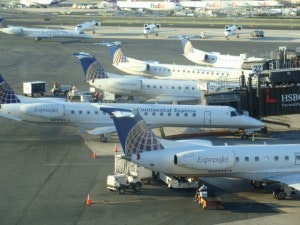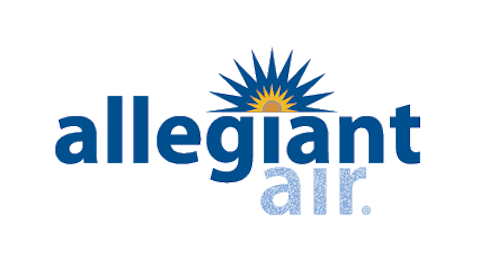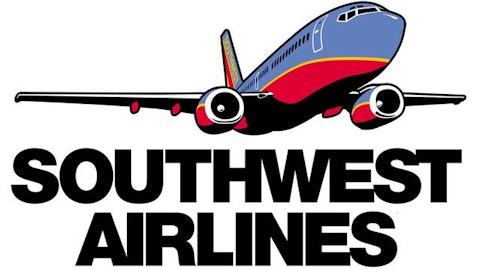“Upgauging” — replacing small airplanes with larger ones — has become an important trend in the airline industry in the past five years. Airlines have found that larger aircraft usually have lower unit costs, which improves profitability. Fifty-seat regional jets have come in for particular scorn, as they have very high unit costs and provide a poor passenger experience.
Historically, the popularity of 50-seat regional jets was driven by “scope clauses”, agreements between airlines and their pilot unions that restricted the airlines from outsourcing flying on large regional jets. However, the most recent round of airline labor negotiations has led to relaxed scope clauses at Delta Air Lines, Inc. (NYSE:DAL), United Continental Holdings Inc (NYSE:UAL), and AMR.
Delta has been the leader in seeking to reduce its reliance on 50-seat (and smaller) aircraft. However, United has also drawn attention as it ordered 30 E175 76-seat planes from Embraer SA (ADR) (NYSE:ERJ) last month, and then agreed this week to add 40 more E175s operated by SkyWest, Inc. (NASDAQ:SKYW). These two agreements pave the way for United to add 70 large regional jets over the next two years, while removing 100 or more 50-seat aircraft.

Delta kills the 50-seat regional jet
Over the last year, Delta Air Lines, Inc. (NYSE:DAL) has introduced a fleet restructuring plan that will remove all but 125 of its 50-seat regional jets from service by 2015. The company was able to sublease 88 used The Boeing Company (NYSE:BA) 717s (seating 110 passengers) from Southwest Airlines Co. (NYSE:LUV) at a great price, as Southwest wanted to return to flying only Boeing 737s.
In return for adding this additional “mainline” flying — performed by Delta pilots and flight attendants — Delta’s pilot union agreed to allow the company to add more 76-seat regional jets. In December, Delta Air Lines, Inc. (NYSE:DAL) signed a firm order for 40 new Bombardier CRJ900s, with options for 30 more. If all the options are exercised, Delta will reach a maximum limit of 325 76-seat regional jets permitted by its pilot contract.

Delta Domestic Fleet Restructuring (Source: Delta 8-K, 12/12/12, slide 18)
As this figure shows, The Boeing Company (NYSE:BA) 717s and CRJ900s (“Two-class RJ”) being added to the fleet will replace flying currently done by 50-seat regional jets. Since the updated fleet will feature larger planes, Delta Air Lines, Inc. (NYSE:DAL) will be able to produce the same amount of capacity despite having significantly fewer departures and a smaller fleet. This will lower the company’s unit costs.
United follows, but at a distance
Today, United Continental Holdings Inc (NYSE:UAL) relies very heavily on small regional aircraft (50 seats or less), most of which are 50-seat regional jets. As of the end of 2013, United’s regional fleet will consist of 389 aircraft with 50 or fewer seats, compared with just 185 large (i.e. more than 50 seats) turboprops and regional jets.
United Continental Holdings Inc (NYSE:UAL)’s two recent orders will raise its large regional aircraft count to 255 by the end of 2015, which is the maximum permitted by its labor contract. Those additional 76-seat regional jets will allow United to cut back to 250-300 planes with 50 or fewer seats. However, that will still be more than double the size of Delta Air Lines, Inc. (NYSE:DAL)’s small regional jet fleet, putting United at a cost disadvantage.
Can United catch up?
Given the highly competitive nature of the airline industry, having too many inefficient 50-seat aircraft could be a huge drag on profitability. United Continental Holdings Inc (NYSE:UAL)’s pilot contract does allow the company to go beyond 255 large regional aircraft. The airline can add up to 70 more large regional aircraft (bringing the total to 325) if it also adds 88 small narrowbodies to be flown by United pilots. This language mimics Delta’s fleet restructuring plan.

